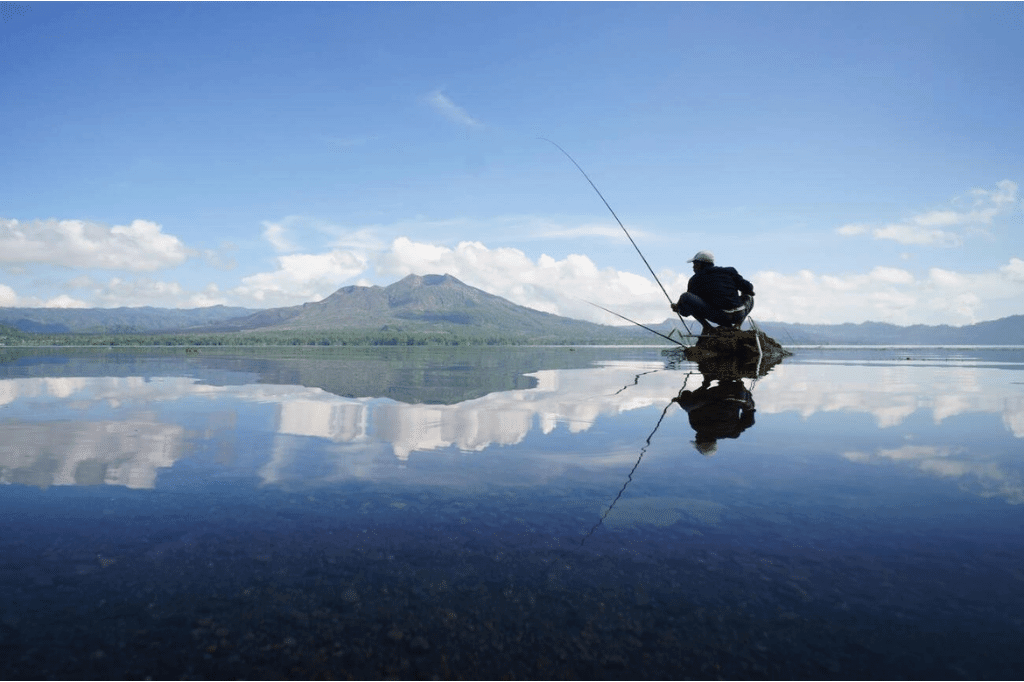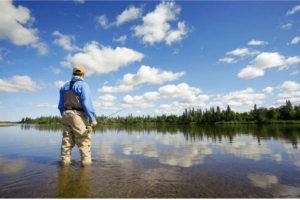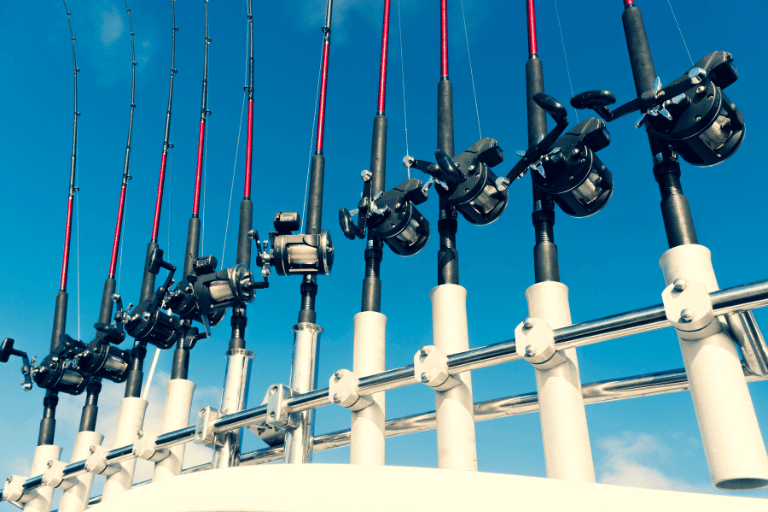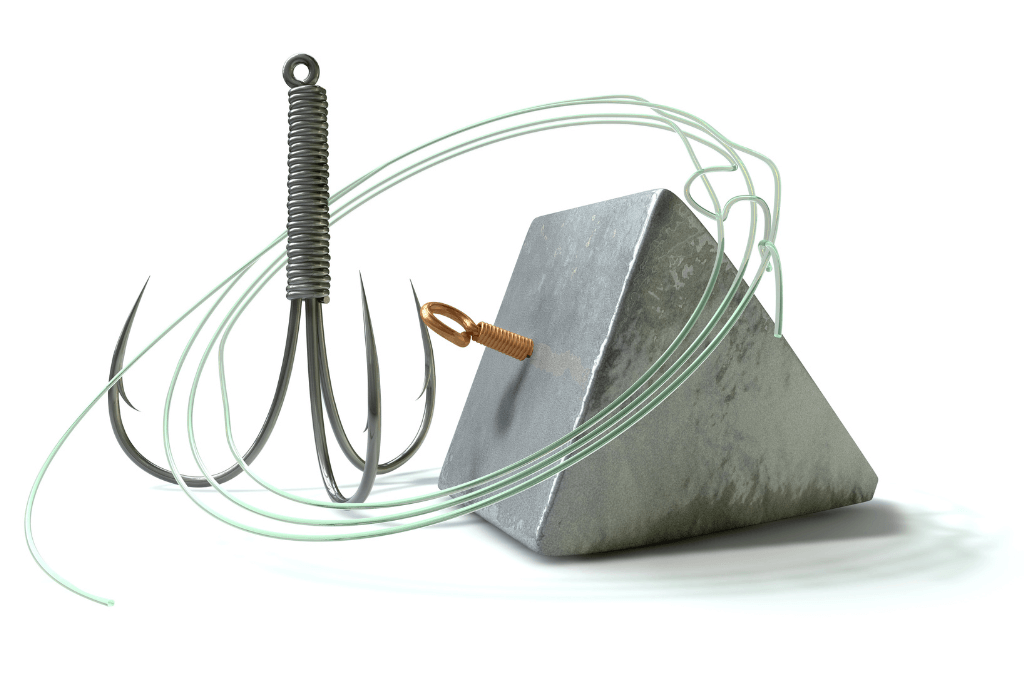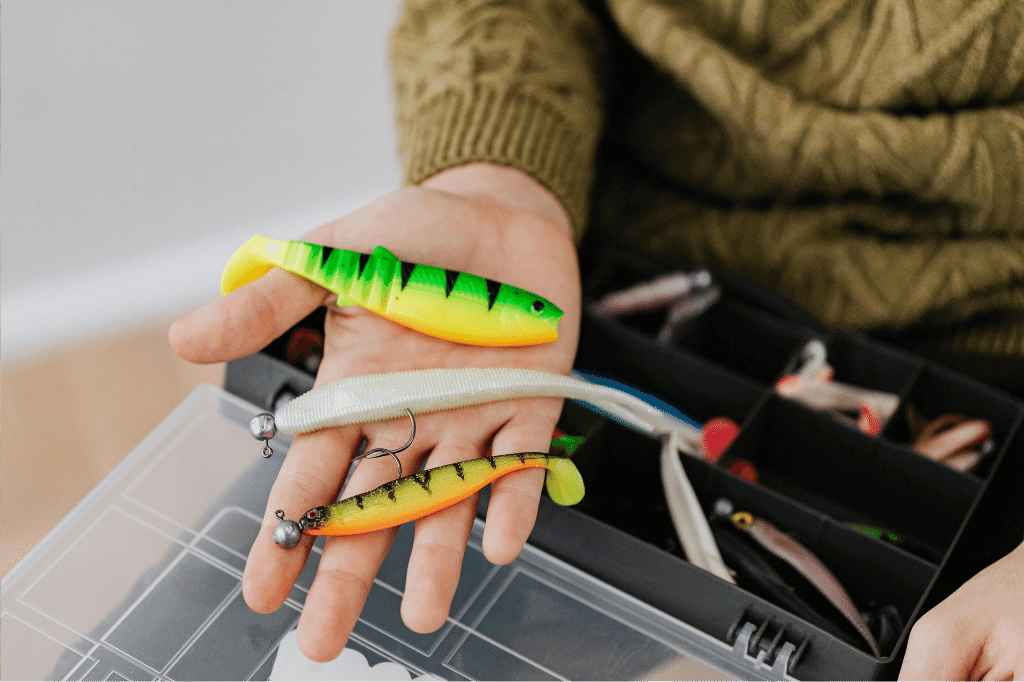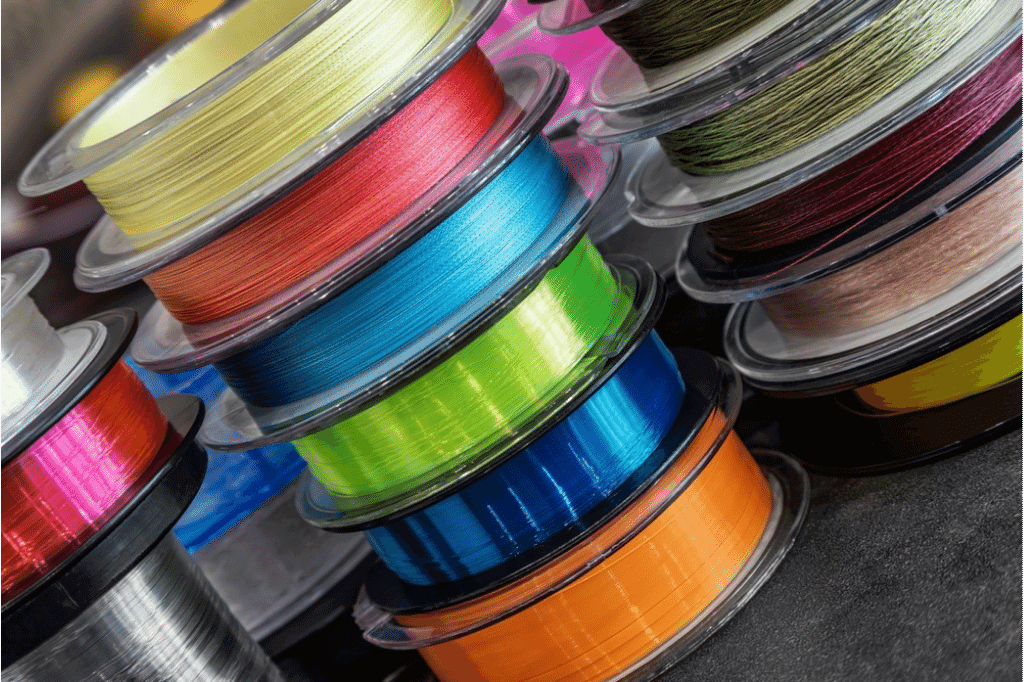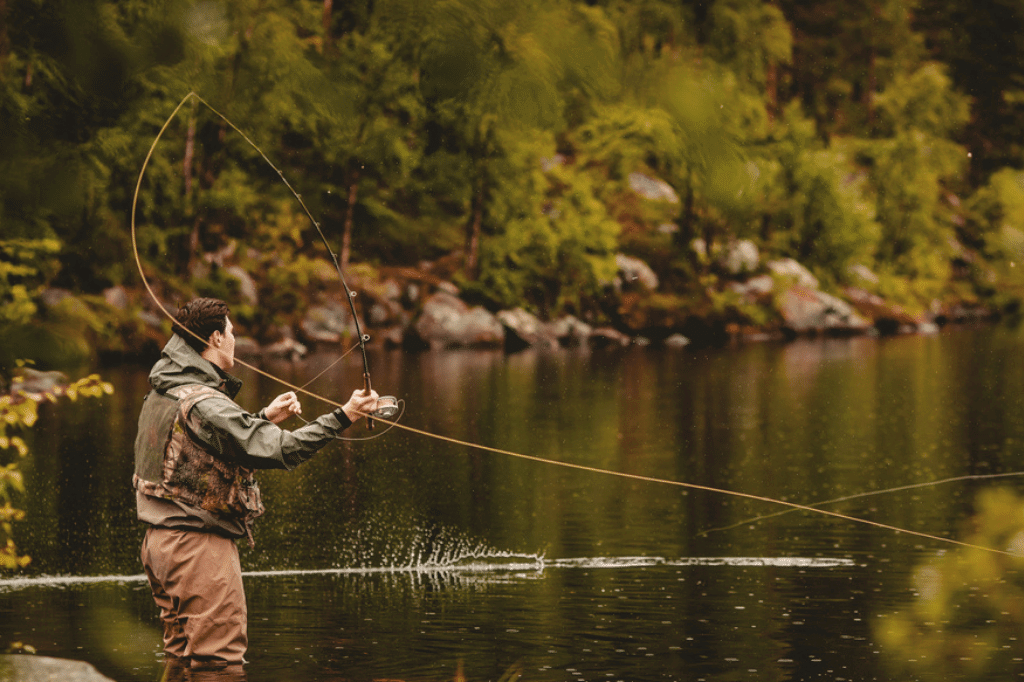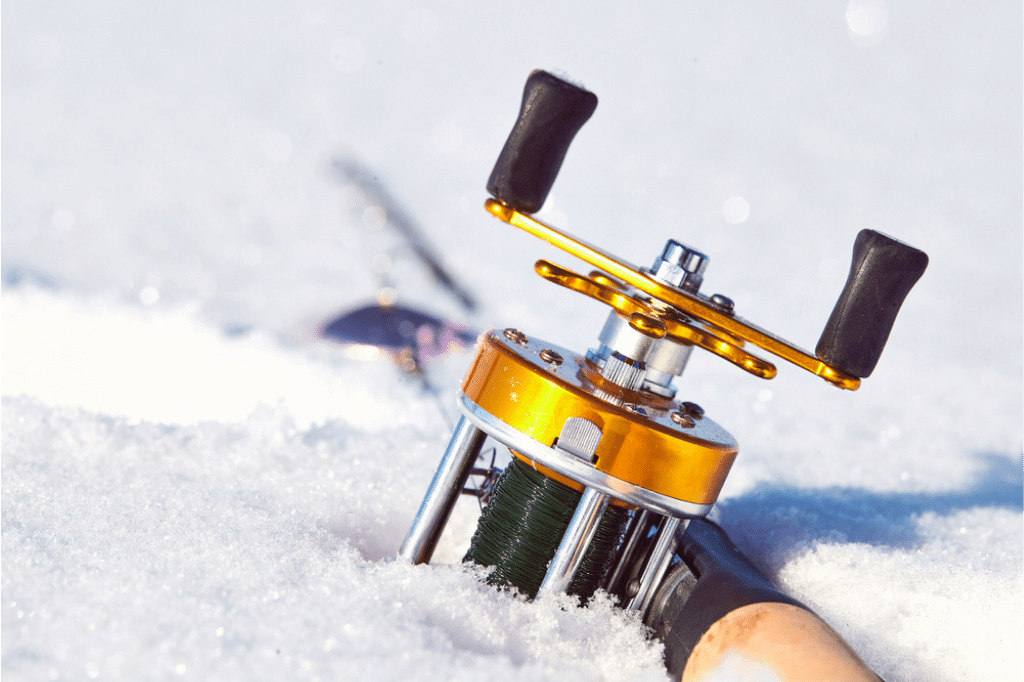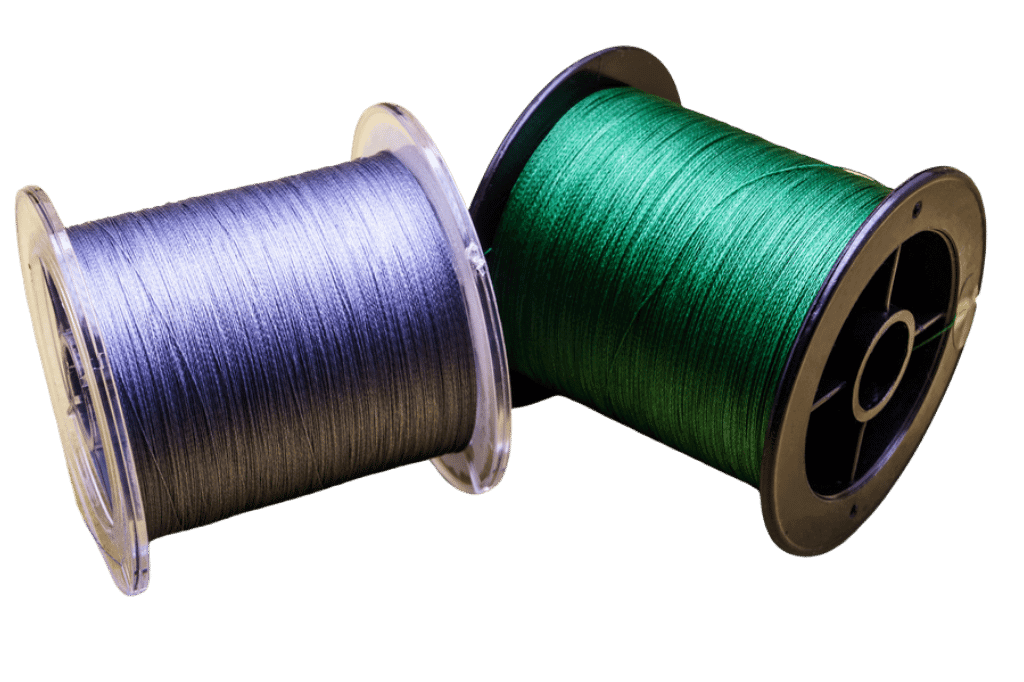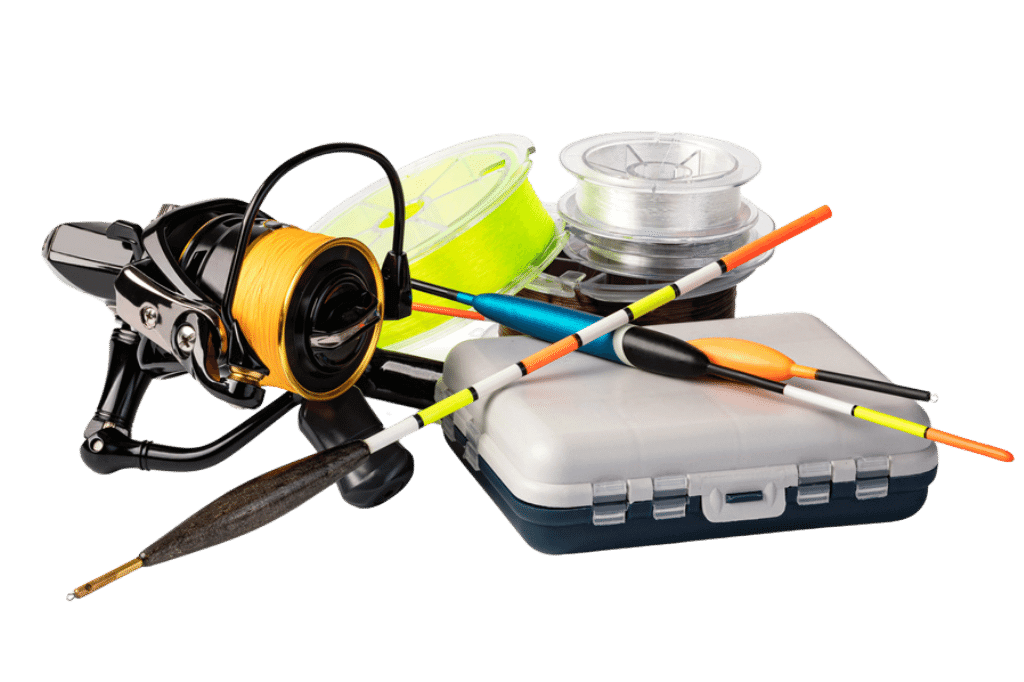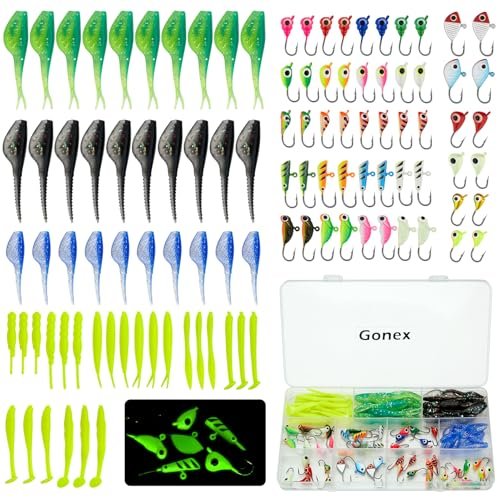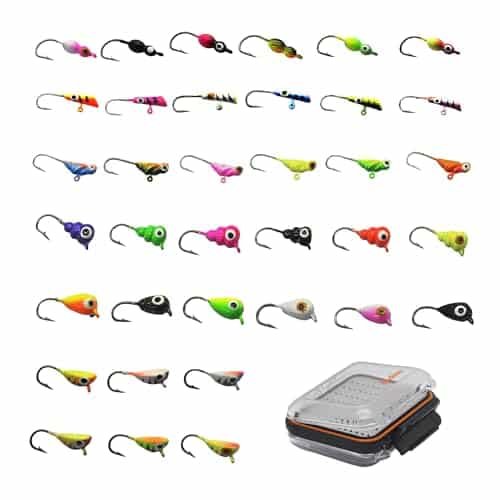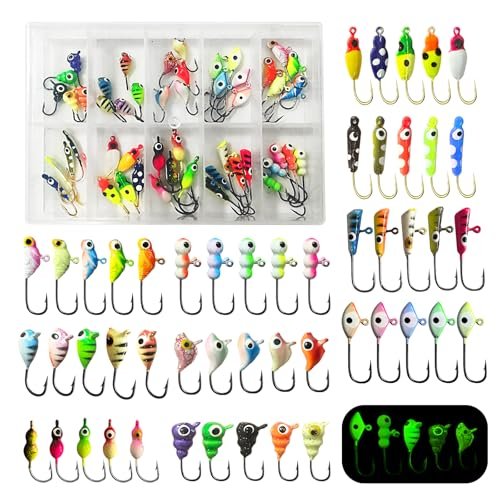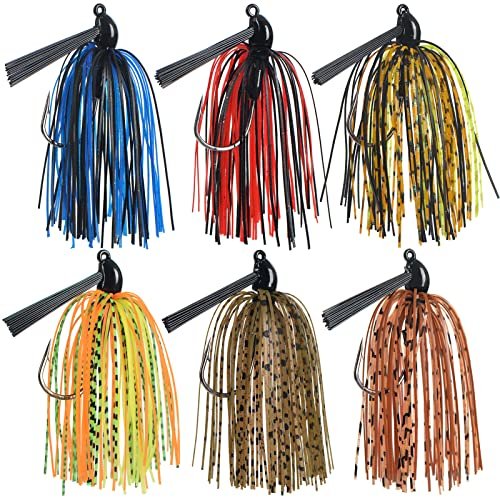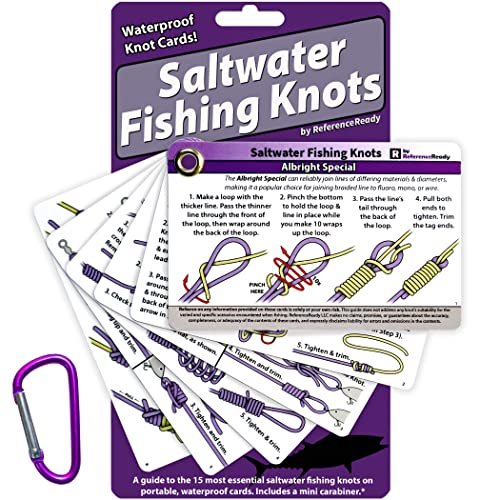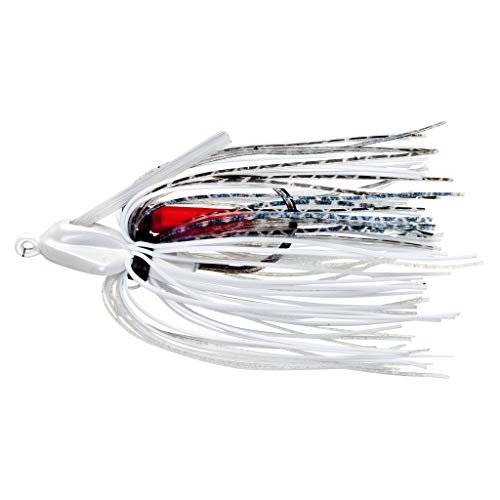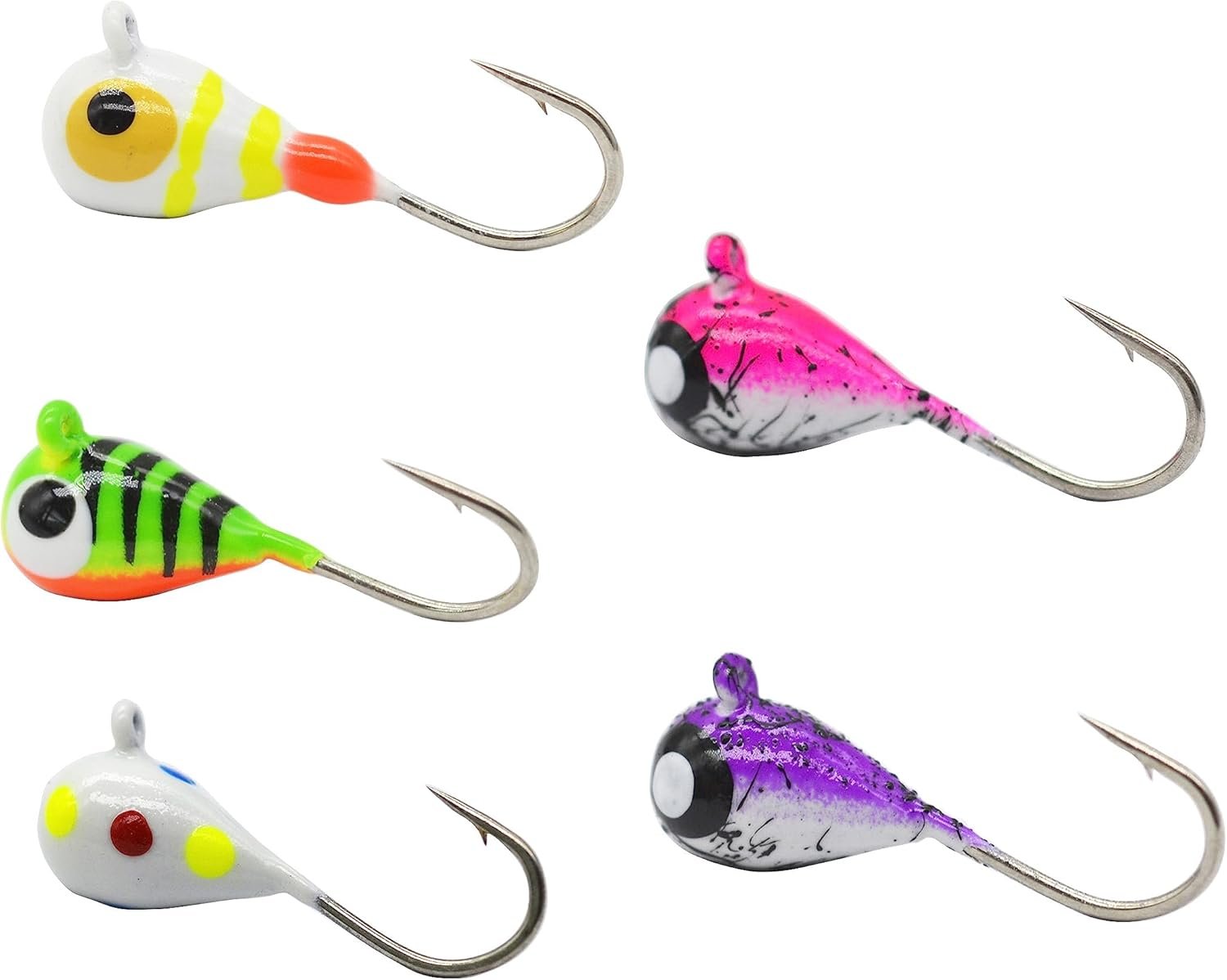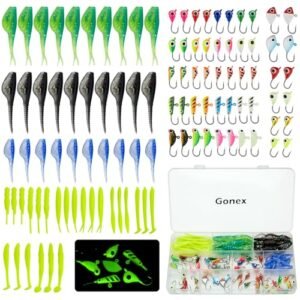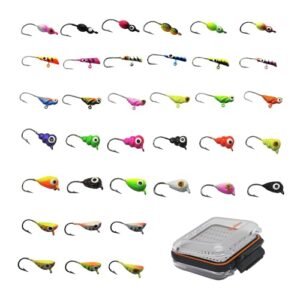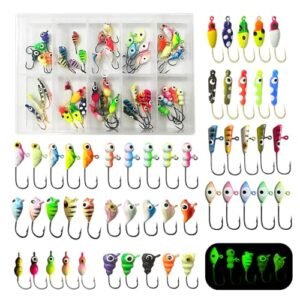Freshwater fishing stands as a beloved hobby and an enduring pastime that connects nature enthusiasts with the serene beauty of inland waters. Anglers of all skill levels partake in the pursuit of various freshwater species, ranging from the common bass to the elusive muskellunge.
Not only does this form of fishing offer a peaceful escape from the bustle of everyday life, but it also provides an accessible way to enjoy outdoor adventures and possibly procure a fresh catch for dinner. With the right fishing gear, knowledge of local regulations, and an understanding of fish behavior, freshwater fishing can be a rewarding and sustainable way to interact with aquatic ecosystems. Enthusiasts revel in the thrill of the catch, the tactical challenge, and the continuous learning experience that freshwater fishing so uniquely offers.
Freshwater Fishing Gear Basics
Choosing The Right Rod
Finding the ideal rod is a pivotal step in your fishing gear journey. Rods differ in length, material, and flexibility. All these elements influence your casting accuracy and catch success. A table to guide you:| Rod Type | Material | Length Range | Flexibility |
|---|---|---|---|
| Spinning Rod | Fiberglass, Graphite | 5-8 Feet | Flexible to Stiff |
| Cast Rod | Fiberglass, Composite | 4-7 Feet | Mostly Stiff |
Reel Selection: Functionality Meets Preference
A reel is more than a simple tool; it’s a companion that matches your fishing style. Reels come in various types:- Spinning Reels – User-friendly, suitable for beginners.
- Baitcasting Reels – Offer greater control, perfect for experienced anglers.
- Spincast Reels – Combine ease and function, great for casual fishing trips.

The Bait Debate: Live Vs. Artificial
Pros And Cons Of Live Bait
Live bait, the go-to for many, boasts proven effectiveness. It mimics the natural food of fish, making it hard for them to resist. We’ll dive into the advantages and challenges of using live bait.| Pros of Live Bait | Cons of Live Bait |
|---|---|
|
|
The Versatility Of Artificial Lures
Artificial lures are popular for their convenience and variety. They come in endless shapes, sizes, and colors. Let’s look at some reasons to use artificial lures.- Durability: Lures withstand multiple catches.
- Convenience: Easy to buy, carry, and swap out.
- Eco-friendly: No need to harvest live bait.
The Tackle Box Toolkit
Essential Hooks And Sinkers
Selecting the right hooks and sinkers for your tackle box is key to fishing success. Your hooks determine the size and type of fish you’re after. You’ll need a variety of sizes:- Small hooks (#6-#10) for panfish, like bluegill
- Medium hooks (#1-#4) for bass or walleye
- Large hooks (#1/0-#4/0) for catfish or larger species
- Cast your bait further
- Keep bait below the surface
- Increase the feel of bites
Must-have Lines And Leaders
The line is your connection to the fish. Your selection can make a huge difference:| Type of Line | Benefits |
|---|---|
| Monofilament | Versatile and user-friendly |
| Braided | Strong with no stretch for a great feel |
| Fluorocarbon | Nearly invisible underwater, perfect for clear water |
- Fluorocarbon leaders are ideal to resist sharp teeth.
- Wire leaders prevent line cuts on rocky bottoms.

Advanced Angling Accessories
Floats And Bobbers: The Buoyancy Advantage
Understanding the subtle movements of the water can lead to a big catch. Floats and bobbers are key indicators of fish activity. They help keep your bait at the perfect depth.- Slip floats allow for depth adjustability.
- Fixed floats stay in place for shallower waters.
- Bubble bobbers for better casting distance.
Swivels And Snaps: The Connection Game
The right swivel or snap could mean the difference between a lost catch and a trophy.| Type | Function |
|---|---|
| Ball bearing swivels | Reduce line twist for smoother action. |
| Barrel swivels | Connect mainline to leader. |
| Snaps | Quick lure changes without knot-tying. |
Clothing For Comfort And Function
Seasonal Apparel Considerations
Seasons change, and so should your fishing attire. In the summer, lightweight and breathable fabrics reign supreme, fighting off the stifling heat. For those chilly winter casts, insulated layers keep the cold at bay. During spring and autumn, flexibility is vital as weather can swing from warm to nippy. A quick tip: layer up so you can adjust as needed.- Summer: Short sleeves, breathable shirts, light pants, or shorts.
- Winter: Thermal base layers, fleeces, insulated jackets.
- Spring/Fall: Long sleeves, vests, convertible pants.
Waterproof And Protective Gear
Unexpected splashes or rainfall shouldn’t ruin your fishing trip. Stay dry with waterproof apparel. A good jacket keeps you dry and also blocks the wind. Don’t forget about your feet; waterproof boots are a must. Protection doesn’t end with staying dry—sun gear is equally important. UV-protection clothing, hats, and sunglasses shield you from harsh rays.| Item | Benefit |
|---|---|
| Waterproof Jacket | Dryness and wind protection |
| Waterproof Boots | Dry feet, better grip |
| UV Protection Shirt | Sunburn prevention |
Electronics And Tech For Tracking
Fish Finders: Seeing Beneath The Surface
Fish finders revolutionize the way anglers approach fishing. These handy devices use sonar technology to paint a picture of what lies beneath the waves. Fish finders provide vital information including:- Depth of water
- Temperature conditions
- The topography of the lake or river bed
- Locations of fish schools and solitary fish
Gps And Mapping: Navigate With Confidence
GPS technologies are a game-changer for fishermen. Picture this: a system that not only guides you to the best fishing spots but also maps your journey. With GPS, anglers enjoy features such as:| Feature | Benefit |
|---|---|
| Precise location tracking | Never get lost, fish with certainty |
| Waypoints and routes | Mark and revisit successful spots |
| Detailed lake and river maps | Understand terrain, structure and depth |
Reading Freshwater Habitats
Identifying Promising Fishing Spots
Spotting potential fishing goldmines involves keen observation.- Look for structures such as logs, rocks, or docks. Fish often congregate around these for shelter and food.
- Notice areas with vegetation. Plants supply oxygen and attract smaller species, which in turn attract predators.
- Spot changes in water depth. Drop-offs and shallows can be hotspots for different fish activities.
- Flowing water, like streams entering a lake, can signal more oxygenated areas and potentially more fish.
Temperature And Seasonal Patterns
Fish behavior changes with seasons and water temperature.| Season | Water Temp | Fish Activity |
|---|---|---|
| Spring | Warming | Fish move shallow to spawn. |
| Summer | Warm | Deeper, cooler water is preferred. |
| Fall | Cooling | Fish feed heavily before winter. |
| Winter | Cold | Fish slow down, stay deep. |
Safety And Conservation Practices
Understanding Local Regulations
Before casting a line, familiarize yourself with the local regulations. These laws balance the area’s ecological needs with recreational opportunities. Failure to follow these rules can have serious consequences for both the environment and anglers.- Seasons: Know when fishing is permitted as seasons help manage fish breeding cycles.
- Limits: Adhere to catch limits to prevent overfishing.
- Equipment: Use the right gear as specified to minimize harm to the ecosystem.
Catch And Release: Techniques For Sustainability
To support fish populations, many anglers practice catch and release. This method allows fish to continue their life cycle, promoting a healthy aquatic habitat.- Handle with Care: Wet your hands before handling fish to protect their slime coat.
- Barbless Hooks: Use hooks without barbs for easier removal, reducing injury to the fish.
- Quick Release: Return the fish to water as swiftly as possible to decrease stress.
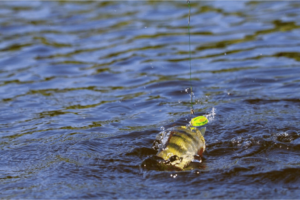
Frequently Asked Questions
How Do You Fish In Fresh Water?
Select the appropriate gear; use a lightweight rod, reel, and line for fresh water. Choose the right bait or lure, considering local fish diet. Cast your line in areas where fish are likely to gather, such as near structures or in shaded spots.
Wait patiently, then reel in when you feel a bite.
What Is The Best Bait For Freshwater Fishing?
The best bait for freshwater fishing often includes worms, minnows, insects, and artificial lures. Your target species dictates the ideal choice.
What Is Freshwater Fishing?
Freshwater fishing involves angling for fish in non-salty inland waters, such as lakes, rivers, and streams. It’s a popular recreational activity worldwide, offering diverse species to catch.
What Are 4 Types Of Freshwater Fish?
Four types of freshwater fish include the largemouth bass, rainbow trout, channel catfish, and bluegill sunfish. Each species thrives in lakes, rivers, and streams.
Conclusion
Exploring the tranquil waters as you fish creates memories that last a lifetime. Freshwater fishing offers both adventure and relaxation, appealing to enthusiasts of all ages. Equip yourself with the right gear, respect nature, and embrace each catch as a triumph.
Cast your line; the water’s wonders await. Embrace the sport, and you’ll always come back for more.

